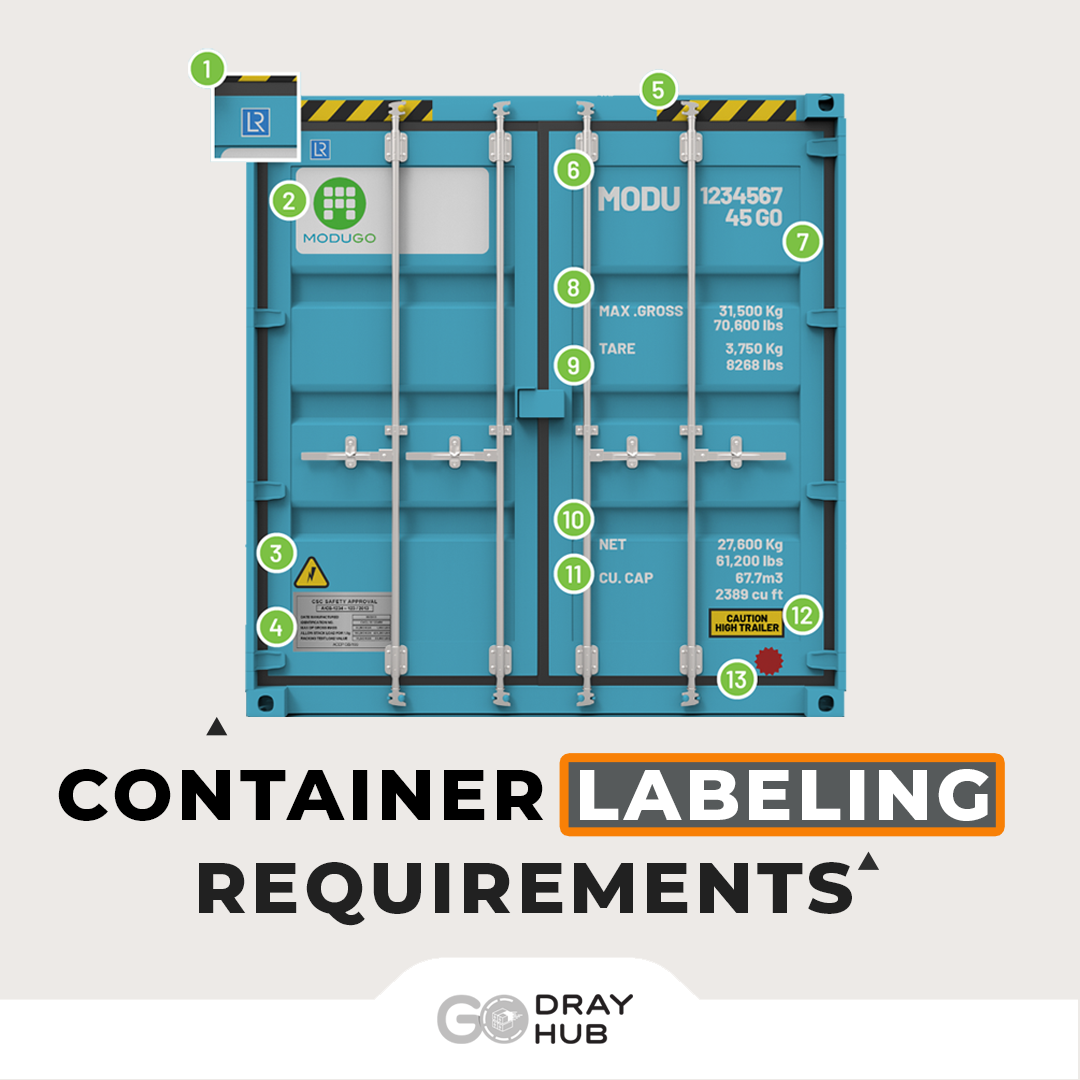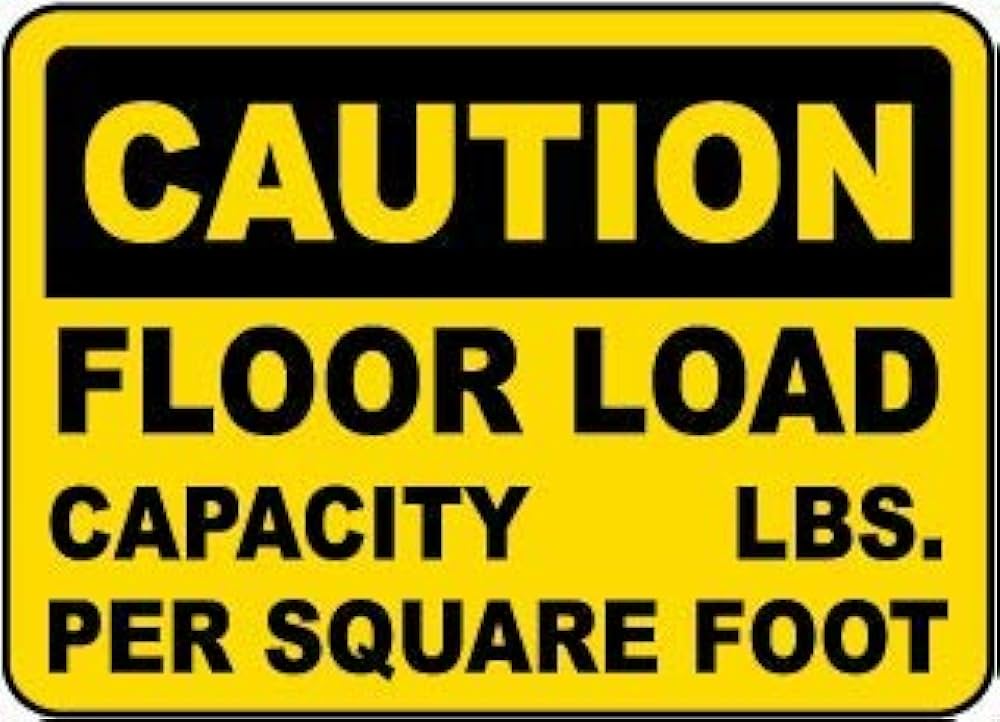A historical rule of thumb for non-containerised general cargo was one ton per 100 cubic feet, or about a tonne per 3 m³.That works, and gives roughly neutral buoyancy. It is way past overloaded for most wheeled and tracked ground vehicles in Mongoose Supplement 6 Military Vehicles, which cannot drive on normal roads past around 450kg/m^3, depending on the exact configuration.
1 tonne per m^3 will result in substantial empty space when carrying heavier things like mined ore, but will allow lighter things like manufactured goods to be stuffed in as tightly as can be managed. That is good information, thank you.
For what it's worth, this is what GURPS Vehicles, and thus GURPS Traveller assumes. This gives about 5 tons (or tonnes, we're not being precise here) per displacement ton (which is also about 500 cubic feet, which is convenient given GURPS' insistence on using US customary measures).
I tend to look at the 1 tonne per cubic metre of Striker, MT, & TNE as a maximum safe load - more than that and the referee gets to start doing evil things to your ship. Likewise if a very high density load (gold, uranium, etc.) is stacked up in one spot, over-stressing the deck. Most cargo is going to be well under the density of water, just as most is today (note that a fully loaded 20-foot container is less dense than water).


